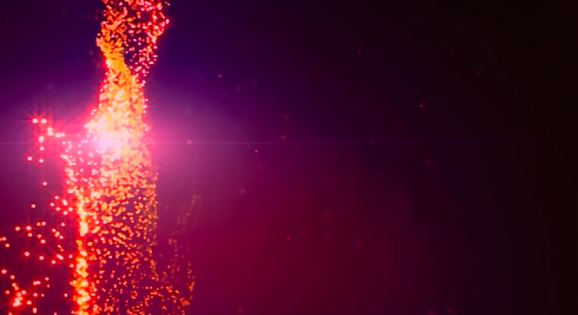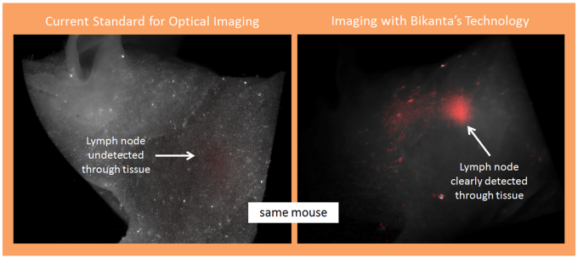Nanodiamonds Can Detect Cancer At Its Earliest Stages
This article is more than 2 years old
 Science has been generating some out-of-the-box diagnostic strategies and treatments for cancer lately, including sloth hair and cancer-sniffing bees. Now, it may be possible to detect cancer early on by putting tiny diamonds into your body.
Science has been generating some out-of-the-box diagnostic strategies and treatments for cancer lately, including sloth hair and cancer-sniffing bees. Now, it may be possible to detect cancer early on by putting tiny diamonds into your body.
It wouldn’t be like swallowing jewels (or drugs that unlock the brain’s full capacity) for stealthy transport across international lines. These nanodiamonds are super, super tiny, and they’re able to identify problems and abnormalities on the molecular scale. The approach was developed by a biotech firm called Bikanta, which focuses on early detection of cancer (and thus, much higher survival rates). It’s true that the current technologies often miss cancer, especially if it’s in an early stage.
Bikanta points out that there are roughly 13 million cancer diagnoses each year (and the World Health Organization predicts that in the next two decades, those rates will rise some 57%), and in 3% of those, doctors have never been able to find the cancer’s origin. So while we’ve made some strides in detection and treatment, we can—and should—do better.
Some companies have tried to develop better probes and imaging systems, including injecting dyes and quantum dots (which are toxic) intended to illuminate the presence of carcinomas. But even those have proved less effective than scientists have hoped for, causing Bikanta to consider not just nanotech, but a new substance that could illuminate the insides of the body. In this case, nanodiamonds have recently generated a lot of excitement in the medical community, particularly when it comes to promoting bone growth and reducing joint pain.
 Bikanta founder Ambika Bumb realized that when fluorescent diamonds (not the kind you’d want for an engagement ring) are ground into dust, they emit a steady, near-infrared light. “It’s like having a flashlight inside your body that basically lasts forever,” says Bumb. Nanodiamonds also react to magnets, which opens up a range of possibilities for using it within the body.
Bikanta founder Ambika Bumb realized that when fluorescent diamonds (not the kind you’d want for an engagement ring) are ground into dust, they emit a steady, near-infrared light. “It’s like having a flashlight inside your body that basically lasts forever,” says Bumb. Nanodiamonds also react to magnets, which opens up a range of possibilities for using it within the body.
In addition to diagnosing cancer in its very earliest stages, nanodiamonds may also eventually deliver treatments. They don’t cluster up like most diamonds—they remain suspended in liquid, both stable and separate, and it could also bind to antibodies or other treatments, delivering cancer-busting agents as they searches for molecular abnormalities in the body. A diamond is forever—but cancer is toast.












